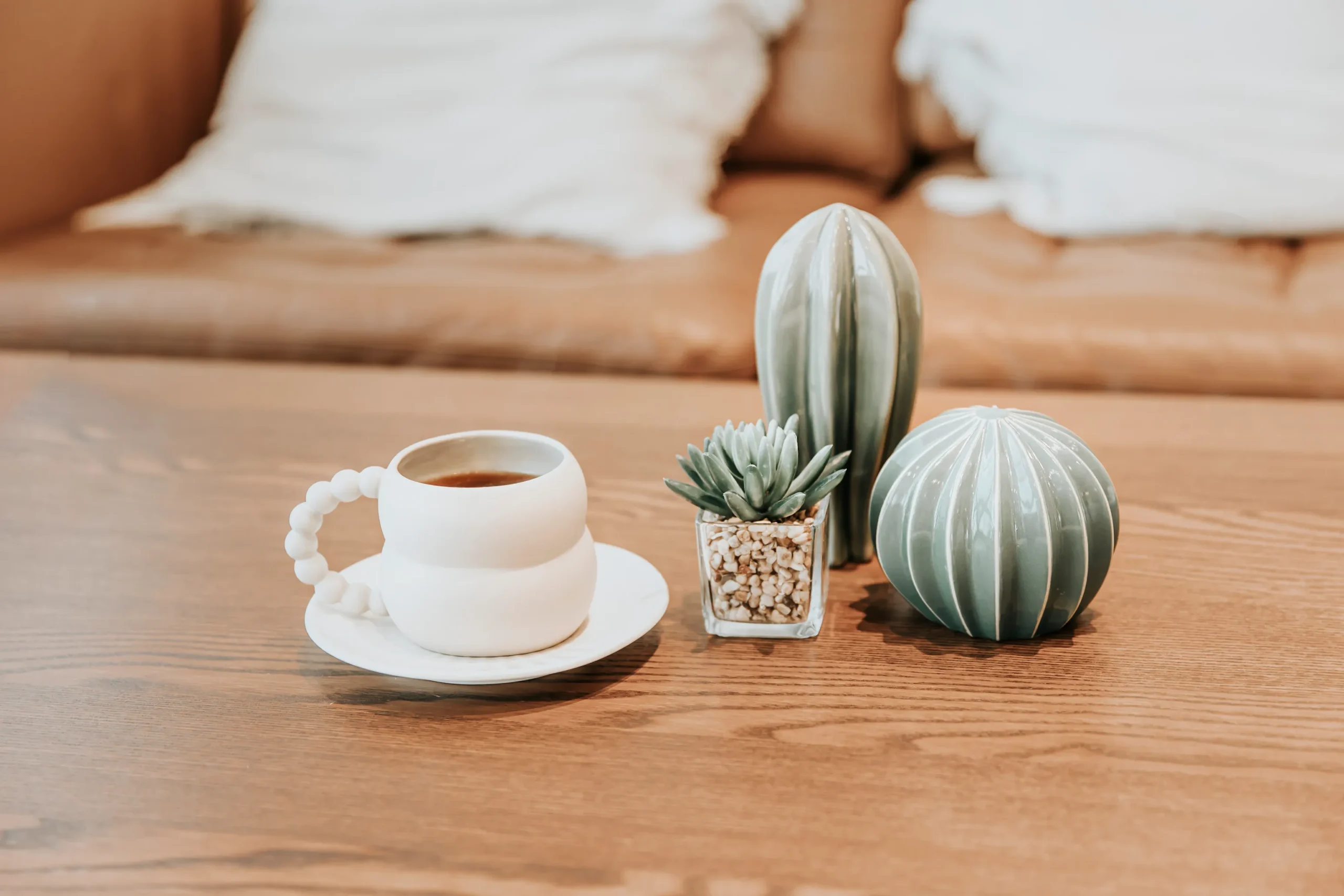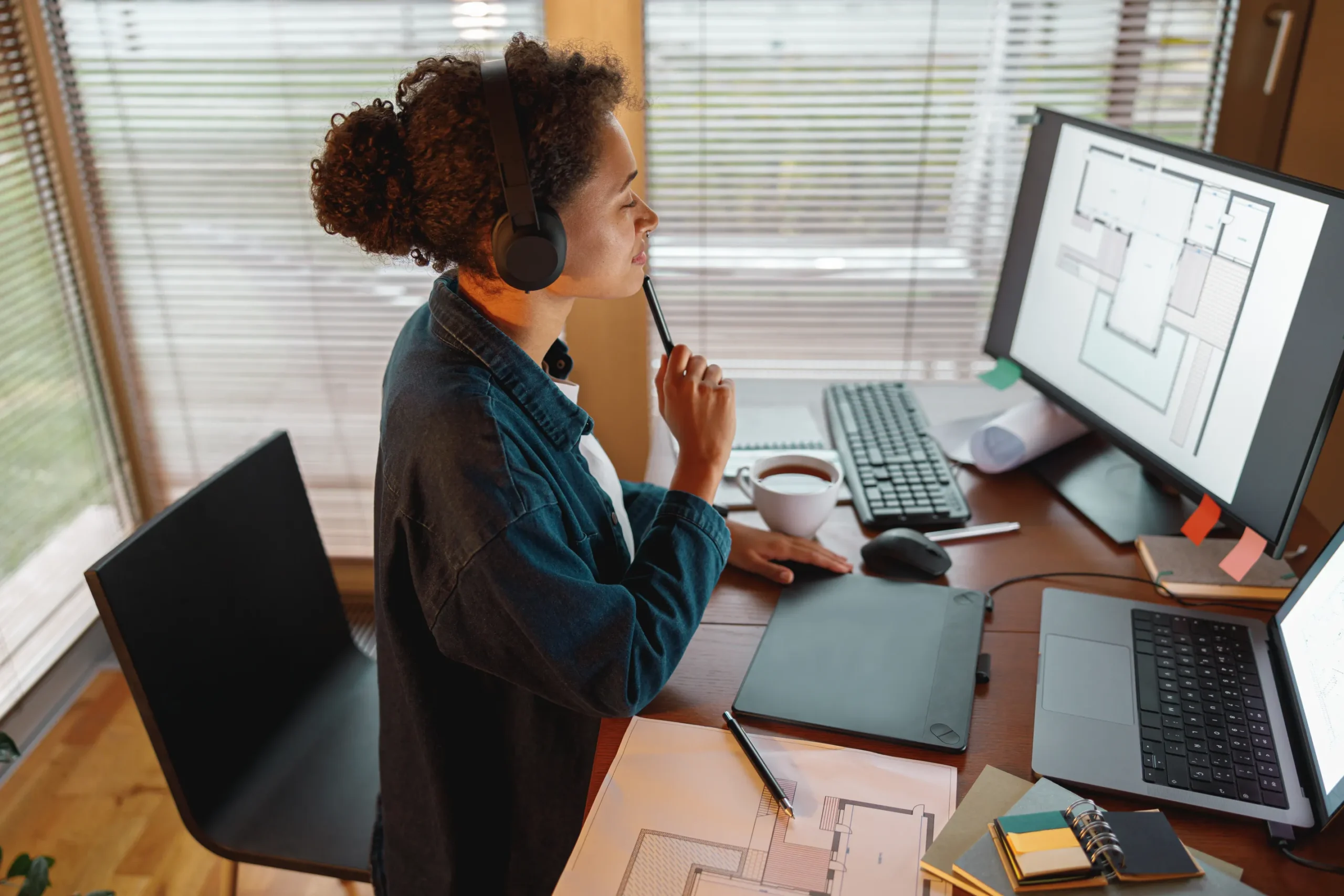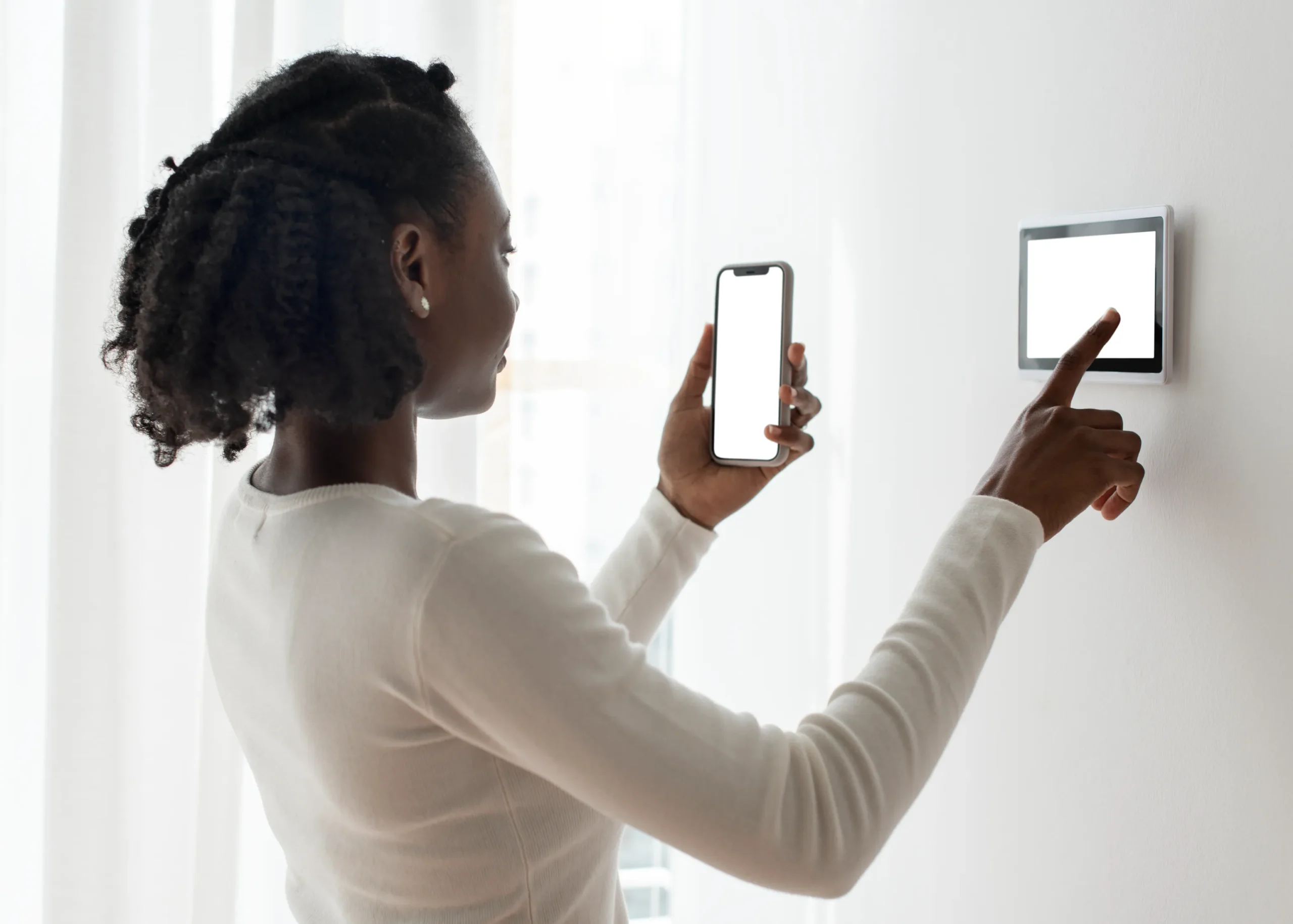
Whether you're a seasoned pro or just starting, efficiency is the key to success. Picture a thriving interior design business where projects flow seamlessly, deadlines are met with ease, and clients are thrilled with your work. Sounds amazing, right? Well, it's within your reach.
In this blog post, we'll guide you through the essential strategies and trends that can optimize your operations and make your business more efficient. From streamlining project management to embracing sustainable practices, leveraging technology, automating tasks, and harnessing the power of data, we've got you covered.
Get ready to transform your interior design company into a lean, mean, efficient machine. Let's dive in and discover the exciting possibilities that await you. Together, we'll take your business to new heights!
In the fast-paced world of interior design, streamlining project management is a crucial tip for success. Utilizing project management software and tools is a highly effective way to achieve this. These innovative solutions offer numerous benefits, such as centralized communication, task tracking, and resource management.
With project management software, communication is streamlined as all discussions, comments, and updates are consolidated in one place. This promotes collaboration and minimizes miscommunication. Task tracking becomes efficient as you can assign tasks, set deadlines, and monitor progress in real-time. This keeps everyone accountable and ensures projects stay on schedule.
Resource management is enhanced through these tools. You can allocate staff, subcontractors, and other resources based on availability, skills, and project requirements.

This optimization maximizes productivity and minimizes downtime. Popular project management tools in the interior design industry include Trello, Asana, and Monday.com. These platforms offer intuitive interfaces and customizable workflows tailored to interior design projects.
By leveraging project management software, you can streamline processes, enhance communication, improve task tracking, and optimize resource management. This enables your interior design company to work more efficiently, meet project deadlines, and deliver exceptional results to clients.
In today's world, there is a growing demand for eco-friendly and sustainable design solutions in the field of interior design. Embracing sustainable materials and practices is not only beneficial for the environment but also for your business.
One aspect of sustainable design is the use of eco-friendly materials. Incorporating recycled or repurposed products not only reduces waste but also adds a unique touch to your designs. From reclaimed wood flooring to upcycled furniture, these materials can bring character and sustainability to your projects.

Furthermore, it's crucial to incorporate sustainable practices into your designs. Energy-efficient lighting options like LED bulbs can significantly reduce energy consumption. Water-saving fixtures, such as low-flow faucets and toilets, help conserve water resources. By implementing these practices, you can create environmentally conscious spaces while reducing utility costs for your clients.
The importance of sustainability goes beyond just being environmentally friendly. It has become a significant selling point for clients who value sustainable living and want to make a positive impact. By embracing sustainable materials and practices, you position your interior design company as socially responsible and forward-thinking.
Incorporating sustainable design solutions not only aligns with the latest trend in the industry but also contributes to a better future. By meeting the increasing demand for eco-friendly design, you can attract environmentally conscious clients and establish your business as a leader in sustainable interior design.
Technology plays a crucial role in enhancing the interior design process by offering advanced tools for design visualization. Two key technologies, 3D modelling and virtual reality (VR), have significantly transformed the industry.
Virtual reality takes design visualization to the next level by providing an immersive experience. Clients can virtually walk through and explore the designed space, experiencing the scale, depth, and ambience. This immersive technology triggers emotional responses, enabling clients to make more informed choices and develop a deeper connection with the design.

By leveraging 3D modelling and VR in interior design, interior designers improve client communication, as clients can better understand and engage with the design concept. These technologies also help minimize errors and design changes during construction. Identifying and addressing design flaws early on saves time, money, and resources, ensuring a smoother implementation process.
Incorporating technology for design visualization empowers interior designers to deliver exceptional results, exceed client expectations, and enhance the overall design experience. By harnessing the power of 3D modelling and VR, designers can bring their visions to life, creating immersive and captivating spaces for their clients.
Automating repetitive administrative tasks is a game-changer for interior design companies, offering numerous benefits. By utilizing accounting software, project tracking systems, and document management tools, businesses can streamline day-to-day operations and save valuable time and costs.
Accounting software automates tasks such as invoicing, expense tracking, and payroll management. This not only saves time but also ensures accuracy and consistency in financial processes. By eliminating manual data entry and reducing the risk of errors, businesses can focus on more critical activities.
Project tracking systems automate project management by providing real-time visibility into project progress, deadlines, and milestones. Automated reminders and notifications keep everyone on track, enabling efficient communication with clients and stakeholders. This streamlines the project management process, improves productivity, and minimizes delays.

Document management tools centralize and organize project-related documents, eliminating the need for manual filing and searching. With easy access and efficient sharing capabilities, these tools enhance collaboration and save time spent on document retrieval and management.
By automating administrative tasks, interior design companies can optimize resource allocation, increase productivity, and reduce costs associated with hiring additional administrative staff. Automation frees up time for designers and staff to focus on core activities, such as creativity and client satisfaction.
In summary, automating administrative tasks through accounting software, project tracking systems, and document management tools brings significant benefits to interior design companies. Time and cost savings, improved accuracy, and streamlined operations are just a few advantages that contribute to overall efficiency and success.
Leveraging data analytics is of paramount importance in the interior design business. It enables companies to gain valuable insights, track project performance, understand client preferences, and stay updated with market trends. By using analytics tools, interior design firms can make data-driven decisions that lead to improved efficiency and business success.
Analytics tools allow businesses to track and analyze project performance metrics such as budget, timelines, and resource utilization. By examining these data points, companies can identify areas of improvement, optimize workflows, and enhance project outcomes. This data-driven approach improves efficiency, reduces costs, and increases client satisfaction.
Understanding client preferences is crucial for delivering tailored design solutions. Analytics tools can help collect and analyze data on client feedback, style preferences, and buying patterns. This information empowers businesses to offer personalized experiences, anticipate client needs, and build long-term relationships.

Moreover, data analytics helps interior design companies stay ahead of market trends. By analyzing industry data, competitor insights, and consumer behaviour, businesses can identify emerging trends and adapt their offerings accordingly. This enables companies to stay relevant and competitive in a rapidly evolving market.
By leveraging data analytics, interior design firms can make informed decisions that lead to improved efficiency and business growth. Data-driven insights enable companies to optimize project performance, deliver personalized experiences to clients, and stay ahead of market trends. Embracing data analytics is essential for businesses that strive to succeed in the dynamic landscape of interior design.
Incorporating efficient practices is vital for running a successful interior design company. Streamlining project management, embracing sustainability, leveraging technology, automating administrative tasks, and implementing data analytics are key trends that improve business efficiency.
By adopting these practices, interior design companies can optimize processes, enhance client satisfaction, and stay competitive. Embracing the latest trends in elements of interior design is crucial for achieving long-term success in a dynamic industry.
FAQs
Technology offers various tools and software that enable designers to create realistic and immersive visualizations of their designs. Designers can use 3D modeling software, virtual reality (VR) applications, and augmented reality (AR) tools to provide clients with a more accurate and interactive representation of their proposed designs.
To incorporate these trends, consider adding natural elements like plants and natural materials, integrating sustainable products, embracing bold and eclectic styles, using warm and earthy colour schemes, and maximizing functionality through versatile furniture and smart storage solutions. Adapt these trends to suit your clients' preferences and the specific space you're working on.